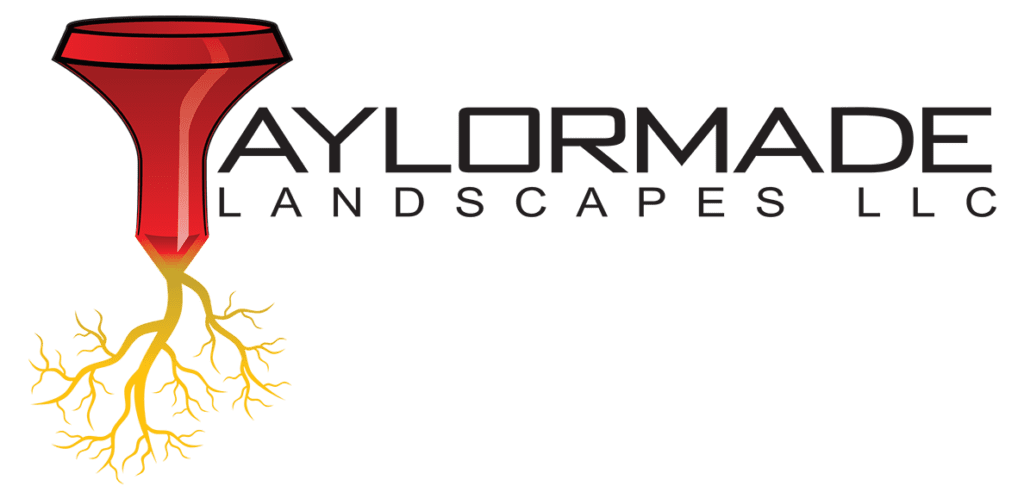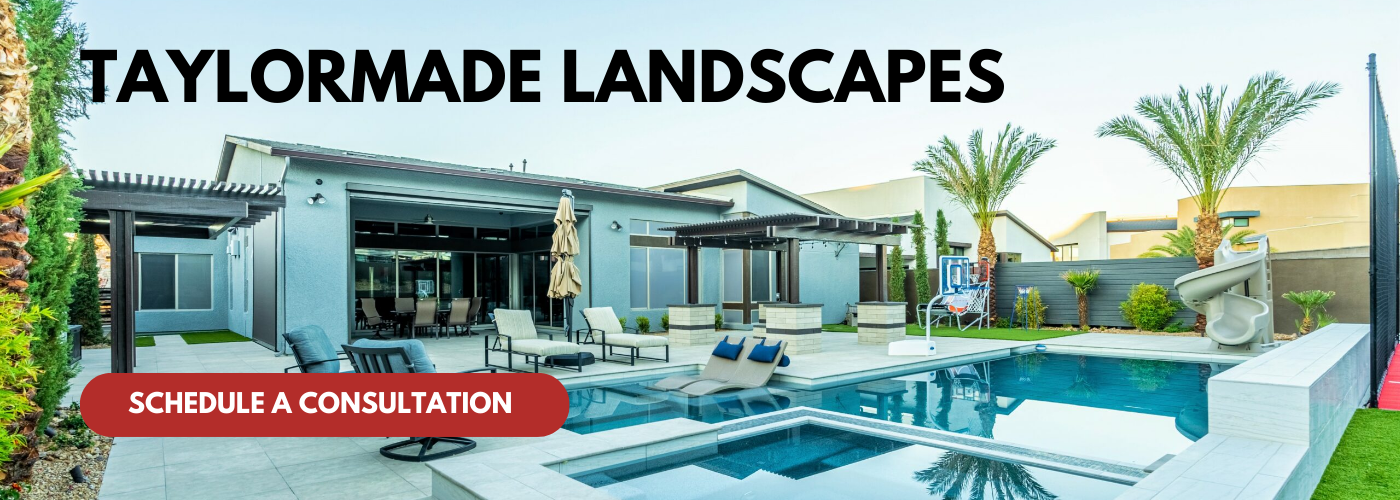As urbanization accelerates and environmental challenges mount, the necessity for sustainable landscape practices has never been more critical. Hardscaping, which encompasses the non-plant elements of landscape design such as patios, pathways, walls, and structures, plays a pivotal role in shaping outdoor environments. A sustainable hardscape design not only enhances the aesthetics and functionality of a space but also contributes to ecological balance and environmental stewardship. As we look ahead to 2025 and beyond, the integration of sustainability into hardscape design will be essential for creating resilient landscapes that can withstand the impacts of climate change while promoting biodiversity and resource conservation.
To embark on the journey of creating a sustainable hardscape design, one must consider a multifaceted approach that incorporates materials, installation techniques, and social responsibility. Selecting locally sourced, recycled, or sustainably produced materials minimizes the carbon footprint associated with transport and manufacturing. Moreover, the application of permeable paving options can mitigate stormwater runoff, reduce erosion, and enhance groundwater recharge, thereby addressing pressing water management issues. The design process should also take into account the principles of eco-friendly landscaping, including the integration of native plants and wildlife habitats, fostering a harmonious coexistence between built and natural environments.
Engaging stakeholders and communities in the planning process further amplifies the sustainability of hardscape projects. Public spaces designed with inclusivity in mind not only enrich community interaction but also promote environmental education and stewardship. As we move toward 2025, it is essential to stay informed about evolving best practices, innovative technologies, and emerging environmental regulations that shape sustainable hardscaping. By prioritizing sustainability, we can craft outdoor spaces that are not only visually striking but also serve as catalysts for ecological health and community resilience. In this article, we will explore the key principles and strategies for creating sustainable hardscape designs that align with the future of our planet.
Eco-friendly materials and their sourcing
Creating a sustainable hardscape design for 2025 begins with the careful selection of eco-friendly materials and their sourcing. The goal of using sustainable materials is to minimize environmental impact while ensuring durability and functionality. Initiatives aimed at sustainability will benefit from prioritizing materials that are recycled, reclaimed, or sourced from renewable resources. For example, using recycled concrete or reclaimed wood can significantly reduce the carbon footprint associated with new material production. Additionally, opting for permeable pavers or recycled aggregate stone helps mitigate runoff and supports groundwater recharge, turning hardscape into a more environmentally friendly feature.
Sourcing also plays a critical role in sustainability. Locally sourced materials reduce transportation emissions and support the local economy. When selecting materials, it’s beneficial to research suppliers who prioritize sustainable practices, whether that’s through ethical sourcing, minimal processing, or offering products that are certified green. Developments in technology are also facilitating the discovery of innovative materials that provide aesthetic appeal without compromising sustainability. Manufacturers are now producing items like composite decking made from recycled plastic and wood fibers, offering durability and low maintenance requirements while also being a responsible choice.
In addition to these considerations, it’s important to think about the lifecycle of the materials chosen. Choosing products that demand minimal maintenance and have a long lifespan reduces the need for frequent replacements, which in turn lowers resource consumption over time. This involves looking closely at warranties and the performance of materials under various weather conditions to ensure that they meet both aesthetic and functional needs. As you plan for 2025, a holistic approach that considers environmental impacts during the lifespan of the materials, from production to installation and eventual disposal, is crucial. By focusing on eco-friendly materials and their sourcing, you can create a resilient and aesthetically pleasing hardscape that meets the sustainability goals for the future.
Water management techniques and systems
The management of water is a critical aspect of sustainable hardscape design, particularly as we face increasing challenges related to climate change, urbanization, and resource scarcity. Effective water management techniques and systems not only enhance the functionality of a landscape but also contribute to its ecological balance. In 2025, a comprehensive approach to water management will involve a variety of techniques that work together to optimize water usage, improve efficiency, and protect local ecosystems.
One key technique is the integration of permeable paving materials into hardscape designs. Permeable surfaces, such as porous concrete or permeable brick, allow rainwater to infiltrate the ground, reducing runoff and recharging groundwater supplies. This can alleviate flooding issues in urban areas while promoting healthy soil and plant ecosystems beneath the hardscape. Additionally, rain gardens or bioswales can be incorporated to manage stormwater runoff effectively. These landscaped areas are designed to capture and filter excess rainwater, enabling it to be absorbed into the soil gradually. By creating these features, you can also enhance the aesthetic appeal of your landscape while serving a critical environmental purpose.
Furthermore, rainwater harvesting systems can be implemented to collect and store rainwater for later use in irrigation, thus reducing reliance on municipal water sources. In addition to storage tanks, utilizing cisterns or rain barrels can provide ample water for landscape maintenance and irrigation needs during dry spells. This not only conserves water but also helps manage excess rainfall effectively, further supporting sustainable water management practices. Coupled with smart irrigation systems that monitor soil moisture and adjust watering schedules accordingly, you can create a highly efficient water management strategy.
To create a sustainable hardscape design for 2025, it is essential to assess the specific water requirements of the landscape, including the types of plants and hardscape materials being used, and to tailor water management solutions accordingly. Collaboration with landscape architects, hydrologists, and engineers will ensure a comprehensive strategy that balances both aesthetics and functionality. By engaging in careful planning and employing innovative water management techniques, you can create a resilient, beautiful, and sustainable hardscape that thrives in harmony with its environment.
Incorporating native plant species
Incorporating native plant species into hardscape designs is an essential aspect of creating sustainable landscapes. Native plants are well-adapted to the local climate, soil conditions, and ecosystem dynamics. They require less water and maintenance compared to non-native options, making them healthier for the environment as they reduce the need for fertilizers and pesticides. Furthermore, native plants support local wildlife, including pollinators such as bees and butterflies, contributing to biodiversity and the overall health of the ecosystem.
For a sustainable hardscape design in 2025, it is crucial to select native species that will thrive in your specific region. This can involve conducting a survey of local flora or consulting with experts in native horticulture. Incorporating these plants into your hardscape design not only enhances aesthetic appeal but also establishes a strong ecological framework. Creating microhabitats—such as rain gardens, native flower beds, and shrubs—encourages interactions among wildlife and contributes to a more resilient landscape.
Beyond visual aesthetics and ecological benefits, using native plants in hardscape design can contribute to energy efficiency. For instance, strategically placing native trees can provide shade and cooling, reducing the need for air conditioning in nearby buildings. Additionally, the root systems of native plants help improve soil structure and water infiltration, which can mitigate runoff and decrease erosion, further supporting sustainability efforts.
In 2025, designers will need to consider the integration of native plants not as an afterthought but as a fundamental component of the hardscape design. This shift includes emphasizing the relationships between hardscape elements—like pathways, patios, and retaining walls—and adjacent plant life. The creation of seamless transitions between built environments and natural ecosystems will be critical in promoting sustainability and resilience in landscape architecture. By implementing these strategies, you can not only enhance your hardscape design but also make a meaningful contribution towards environmental conservation.
Renewable energy integration
Renewable energy integration in hardscape design focuses on incorporating sustainable energy sources to enhance the functionality and ecological footprint of outdoor spaces. As society progresses towards a more sustainable future, the integration of renewable energy will become increasingly essential for smart hardscape design. This approach not only helps reduce reliance on nonrenewable resources but also contributes to energy efficiency and can create a more inviting space for social interaction while mitigating environmental impacts.
One of the key aspects of renewable energy integration in hardscape design is the use of solar energy. Solar panels can be seamlessly integrated into various elements of a landscape, from lighting installations to sustainable roofing for outdoor structures such as pergolas or gazebos. Utilizing solar energy to power outdoor lighting, water features, or electric vehicle charging stations can significantly reduce the consumption of grid electricity. Additionally, incorporating solar energy can provide additional benefits by operating systems such as automated irrigation, which can be controlled remotely for optimal efficiency.
Moreover, wind energy can also play a role in sustainable hardscapes. Small, aesthetically designed wind turbines can be strategically placed in areas that receive adequate wind exposure. These turbines can generate renewable power for nearby structures or elements, contributing to the overall energy resilience of the site. Another innovative element could involve kinetic energy harvesting, where energy is generated from movement—such as foot traffic on certain surfaces—transforming otherwise dormant space into functional energy-generating landscapes.
Looking towards 2025 and beyond, it is essential to adopt technological advancements in renewable energy integration within hardscapes. This could include the use of smart grid technology to optimize energy consumption and distribution across all components of a design. As the demand for sustainable outdoor environments rises, prioritizing energy-efficient solutions, coupled with enhanced energy production capabilities, will be paramount. Ultimately, creating a sustainable hardscape that integrates renewable energy not only supports environmental initiatives but also promotes a culture of sustainability, innovation, and community engagement.
Climate resilience and adaptability strategies
As climate change continues to impact weather patterns, landscapes, and ecosystems, implementing climate resilience and adaptability strategies in hardscape design is crucial. These strategies not only help mitigate environmental impacts but also ensure that spaces can withstand the challenges posed by extreme weather events, such as flooding, drought, or unusually high temperatures. Creating a sustainable hardscape that can adapt to these changes will be essential for any design project in 2025 and beyond.
To incorporate climate resilience into hardscape design, the first step is to conduct a thorough site analysis. Understanding the local climate, geography, and historical weather patterns will provide insights into potential risks and challenges. For example, if the area is prone to flooding, designers should consider permeable surfaces that allow water to infiltrate, reducing runoff and minimizing erosion. Integrating green infrastructure, such as rain gardens or bioswales, can effectively manage stormwater while enhancing the aesthetic value of the landscape.
Another critical component of resilient hardscape design is selecting durable, climate-sensitive materials that can withstand environmental changes without degrading. This may involve choosing products that are temperature-resistant or are treated for UV protection, thereby prolonging their lifespan and reducing the need for replacements. Additionally, integrating features like shade structures or misting systems can provide cooling effects in hotter climates, helping to create comfortable outdoor spaces while acknowledging and adapting to rising temperatures.
Moreover, considering the social aspects of hardscape design, such as community engagement and inclusivity, is vital. Spaces that are adaptable and resilient should be designed to meet the needs of diverse populations and foster community resilience. This can include versatile spaces for gatherings, events, and recreational activities that can adjust according to shifting climate realities or community demographics. By focusing on climate adaptation as an integral element of hardscape design, we ensure that our outdoor environments are not only beautiful and functional but also capable of thriving amidst the uncertainties of our changing planet in 2025 and beyond.




